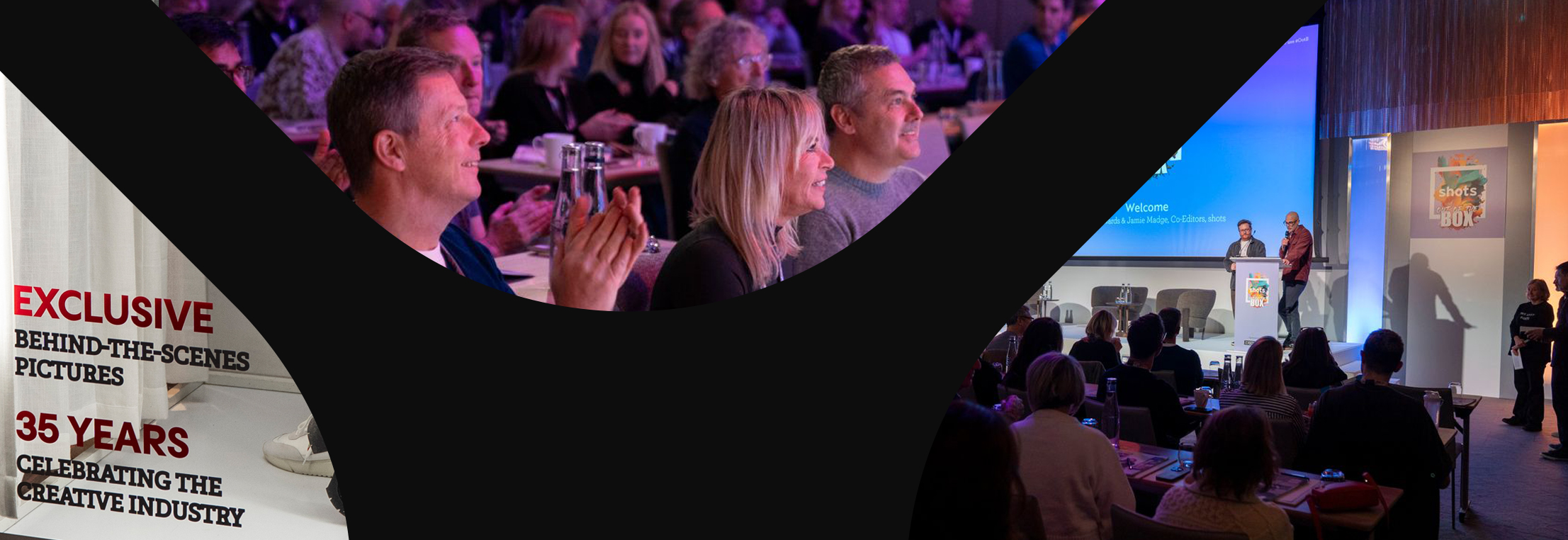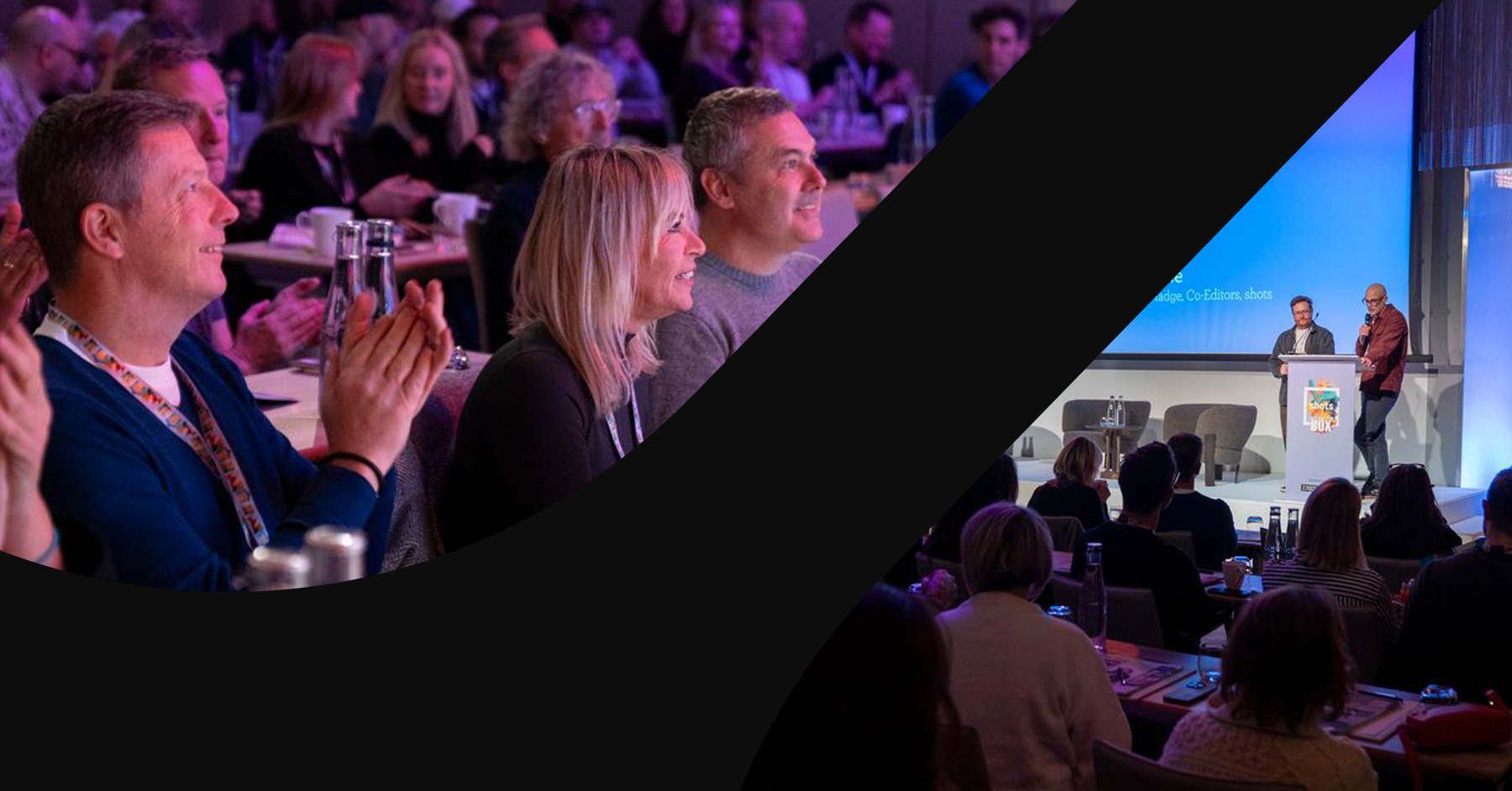The Power of Influencer Marketing
Influencer marketing informally began during the early days of social media. The collaboration between online personalities and brands has formalized over the last five years, as it has seen an increase of over 50% on platforms like Instagram and YouTube in Western countries, according to McKinsey & Company. The influencer economy was valued at $16.4 billion last year, and there’s plenty of talent yet to be developed. A 2019 McKinsey survey found that 54% of millennials and Gen Zers said they would become influencers, if possible.
Brands around the world are investing in influencer marketing. Last year, Harvard Business Review partnered with an international influencer marketing agency to analyze over 5,800 influencer marketing posts. The study, which focused on the Chinese market, found a notable return on investment for brands. Consumers are increasingly interested in online content that feels authentic, as evidenced by recent research from Matter Communications, which shows 69% of customers put more trust in information delivered by influencers, friends, and family, than that which comes from brands. “Creators who have established trust are the right voices to turn to,” said Angela Seits, head of strategic planning and insights at digital marketing company, PMG.
Here are a few more findings for marketers to consider from the Matter Communications survey of over 1,000 consumers:
- 81% say influencers’ social media posts prompted them to buy a product or service in the past year.
- Food and beverage categories saw the greatest success with influencer marketing, followed closely by brands in the health and wellness, and beauty and personal care verticals.
- 42% of respondents prefer how-to content, like recipes and tutorials. 35% enjoy stories with quick bits of information, and 33% respond to photo or image-based posts with details in the captions.
- YouTube is viewed by 36% of those surveyed, as the platform with the most authentic influencer content.
- 61% of respondents found relatable personalities most appealing, followed by 43% who prefer experts.
As the influencer industry continues to evolve, so will the content. A joint study from Yahoo and OMD Worldwide media group notes that Gen Z loses active attention for an ad after only 1.3 seconds. “You have to really hit the CTA in the message before people swipe away from that sponsored video, whether it's organic or non-organic,” said blogger and influencer Jane Ko. “I’m seeing briefs now that actually say 15 to 20 [seconds], don’t go over 20.”
As the largest Talent Payment company in the world, Extreme Reach pays and manages $1.6 Billion (US) in talent wages and rights annually. Our team is fluent in the intricate details involved in compensating union and non-union performers. Since the Union agreement for Influencers was established by SAG-AFTRA in 2021, we’ve seen a rapid rise in payments made to Influencers year over year. Get in touch to learn how ER can simplify all aspects of commercial talent, giving you greater control over payments and global rights management.
For more on influencers, read a guest blog by Brian Murphy, Partner at FKKS, A Deeper Dive Into the New SAG-AFTRA Influencer Waiver and Influencer Agreement.



.jpg)
.jpg)